Master Designer
This blog post contains Amazon affiliate links. As an Amazon Associate, I earn a small commission from qualifying purchases.
Several years ago, I spent my summer typing up numerous group work activities from Elizabeth Cohen’s Designing Groupwork. These activities included Guess My Rule, Rainbow Logic, and Broken Circles. Recently, I found a fourth activity in my filing cabinet that I had typed up, but I never ended up using since I tend to over-plan more activities than I have time for. It is called Master Designer.
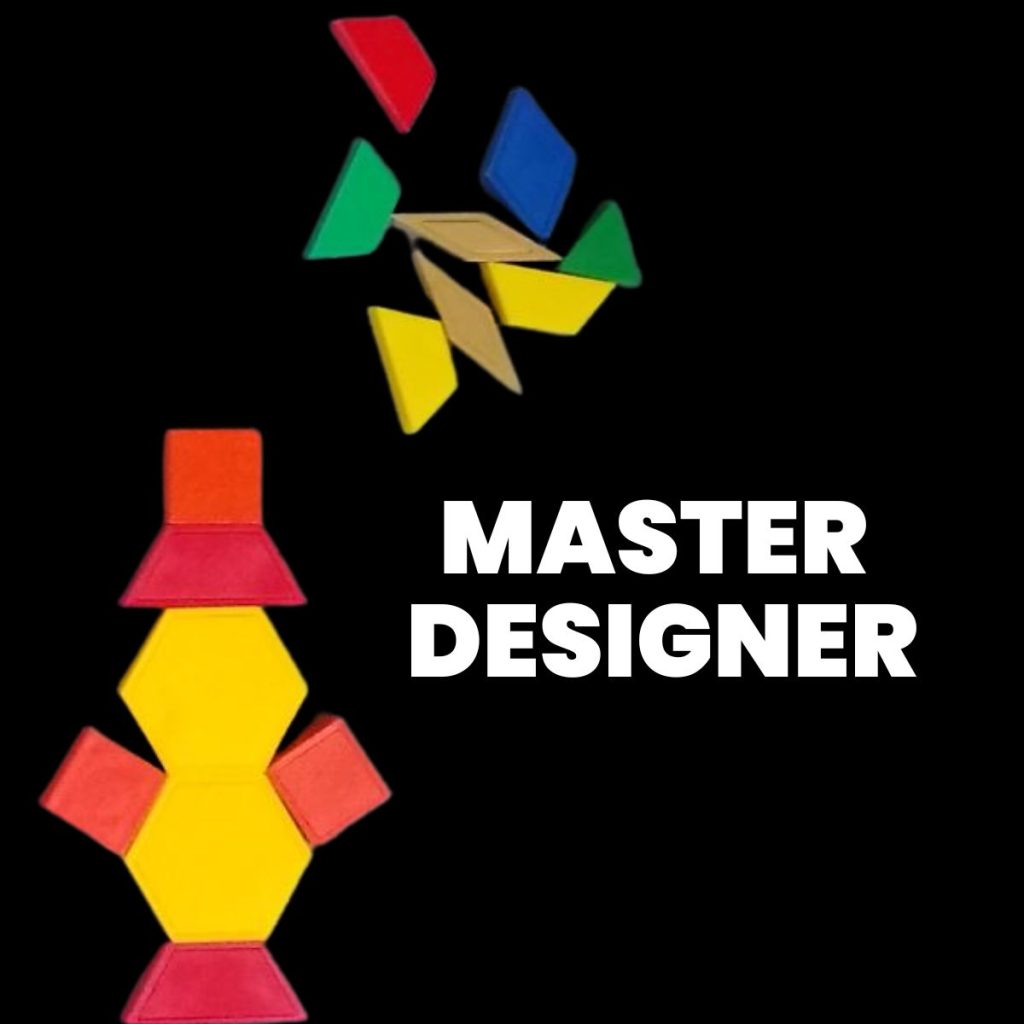
Looking for more first day of school activities and puzzles for your classroom? I have a giant blog post dedicated to 40+ activities for the first week of school.
Here’s a few examples of some of these engaging activities for the beginning of the school year.
This Master Designer activity requires a set of geometric shapes, or pattern blocks, for each group.
You will also need dividers of some sort for each group so that they cannot see one another’s work. In this activity, one student in the group will play the role of “Master Designer.” The master designer must describe his/her design so that the other group members will be able to recreate it using their own pieces.
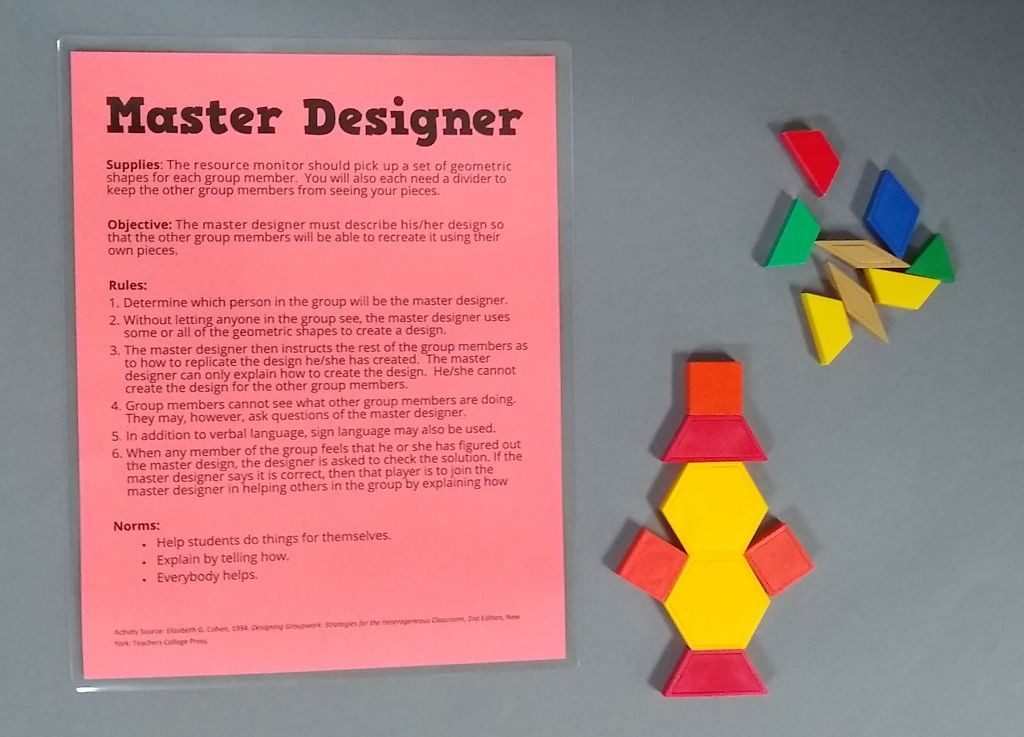
I typed up a task card to give to student groups with the rules/expectations.
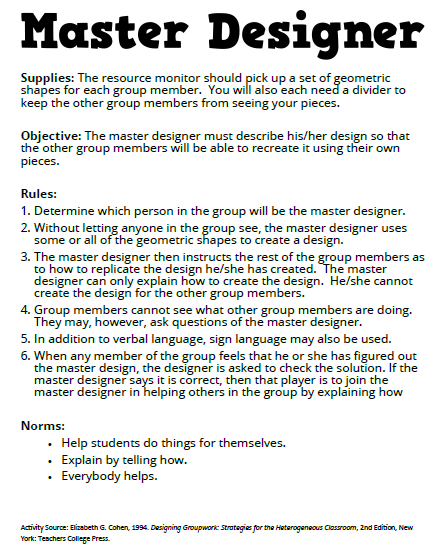
Rules:
- Determine which person in the group will be the master designer.
- Without letting anyone in the group see, the master designer uses some or all of the geometric shapes to create a design.
- The master designer then instructs the rest of the group members as to how to replicate the design he/she has created. The master designer can only explain how to create the design. He/she cannot create the design for the other group members.
- Group members cannot see what other group members are doing. They may, however, ask questions of the master designer.
- In addition to verbal language, sign language may also be used.
- When any member of the group feels that he or she has figured out the master design, the designer is asked to check the solution. If the master designer says it is correct, then that player is to join the master designer in helping others in the group by explaining how the design is made.
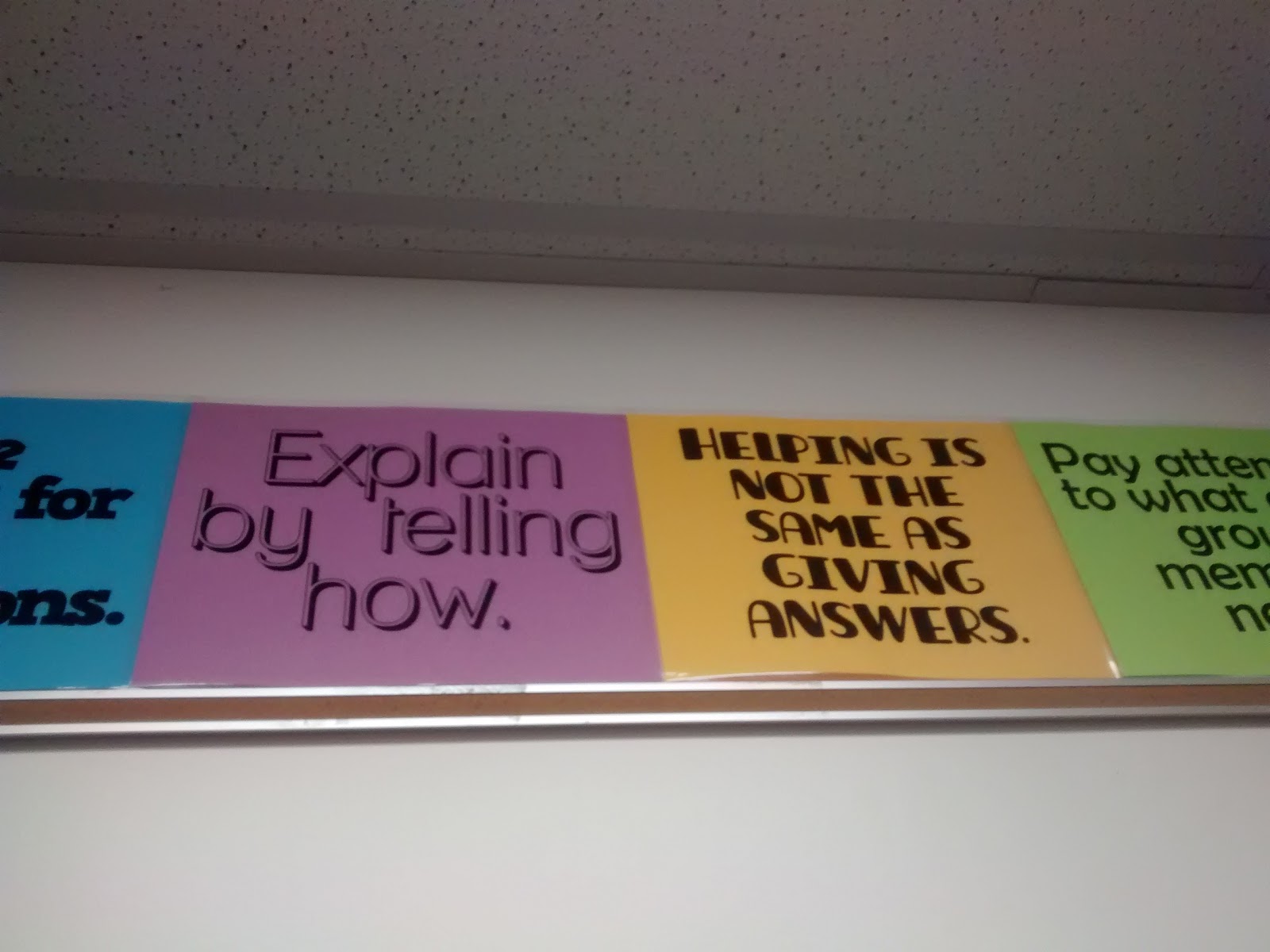
The purpose of this activity is to promote three group work norms: help students do things for themselves, explain by telling how, and everybody helps.
I also created a reflection sheet for groups to complete after the activity.
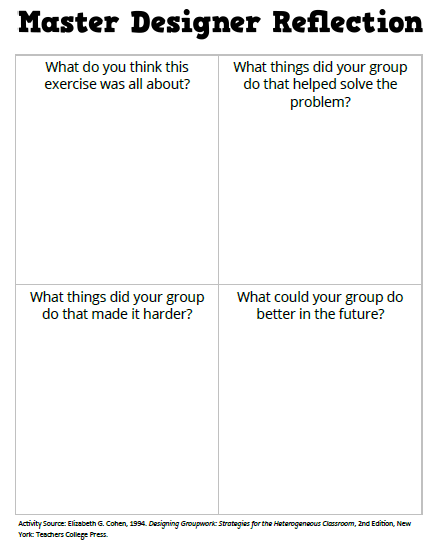
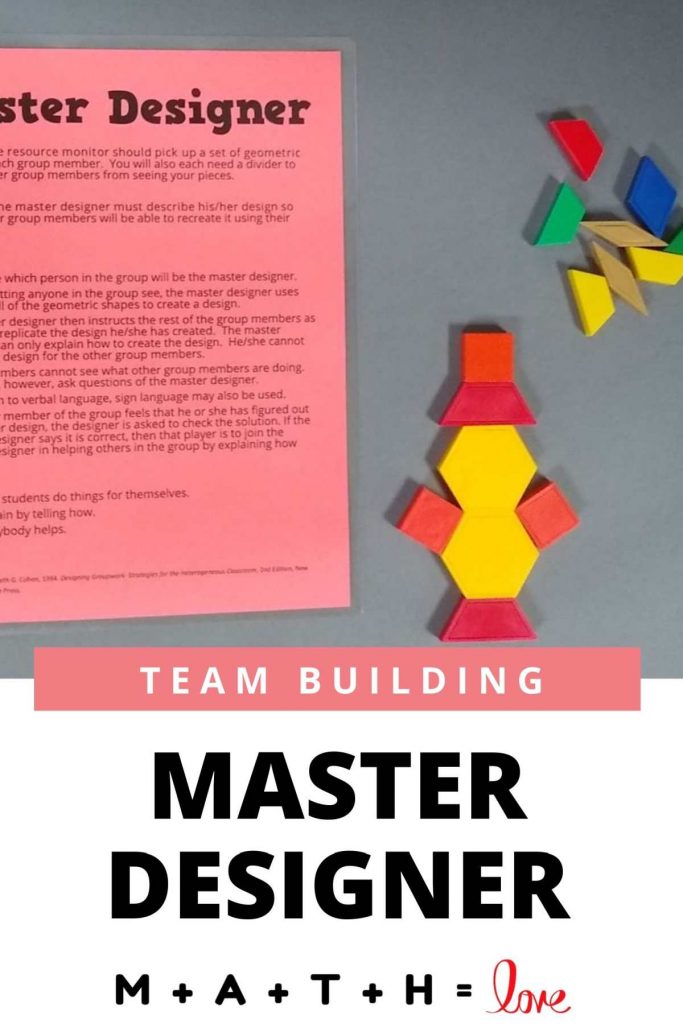

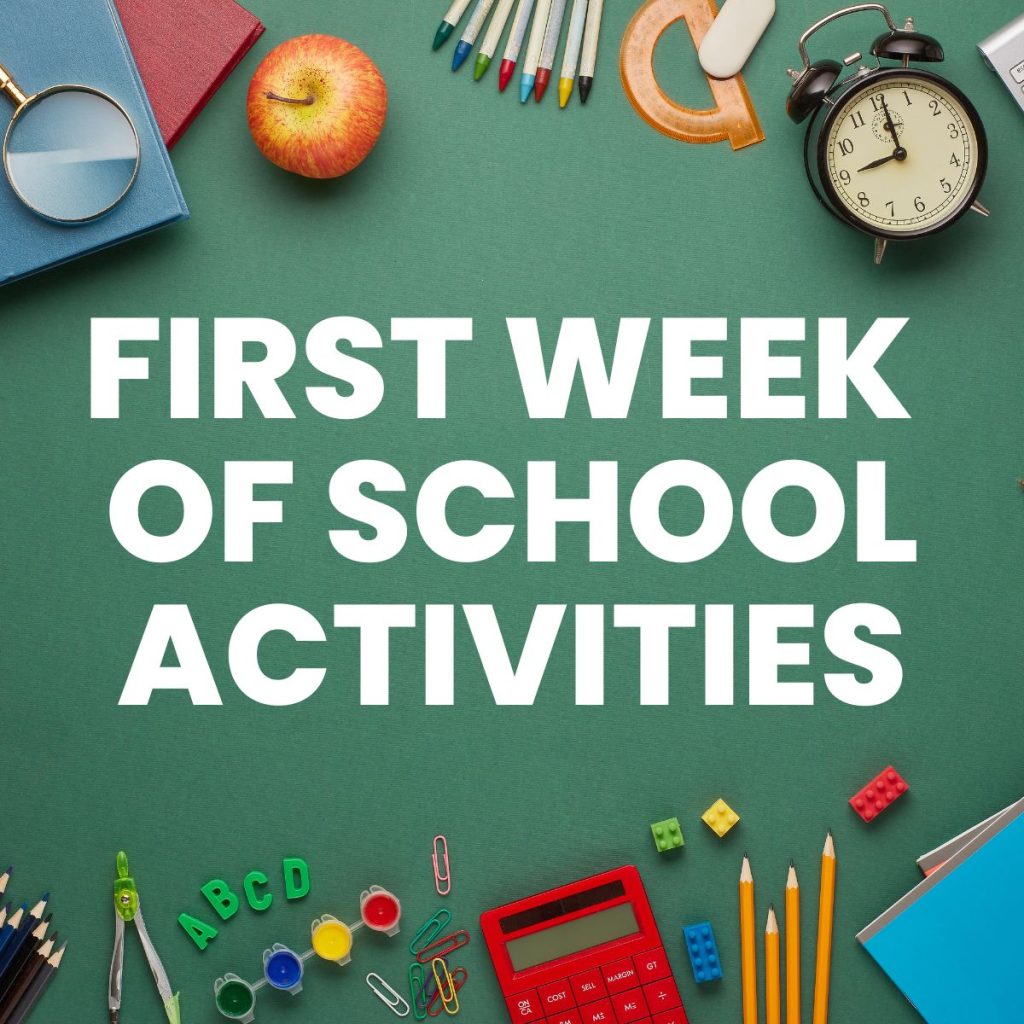


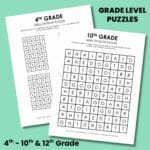
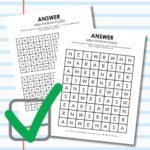
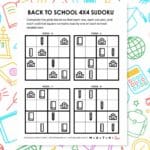

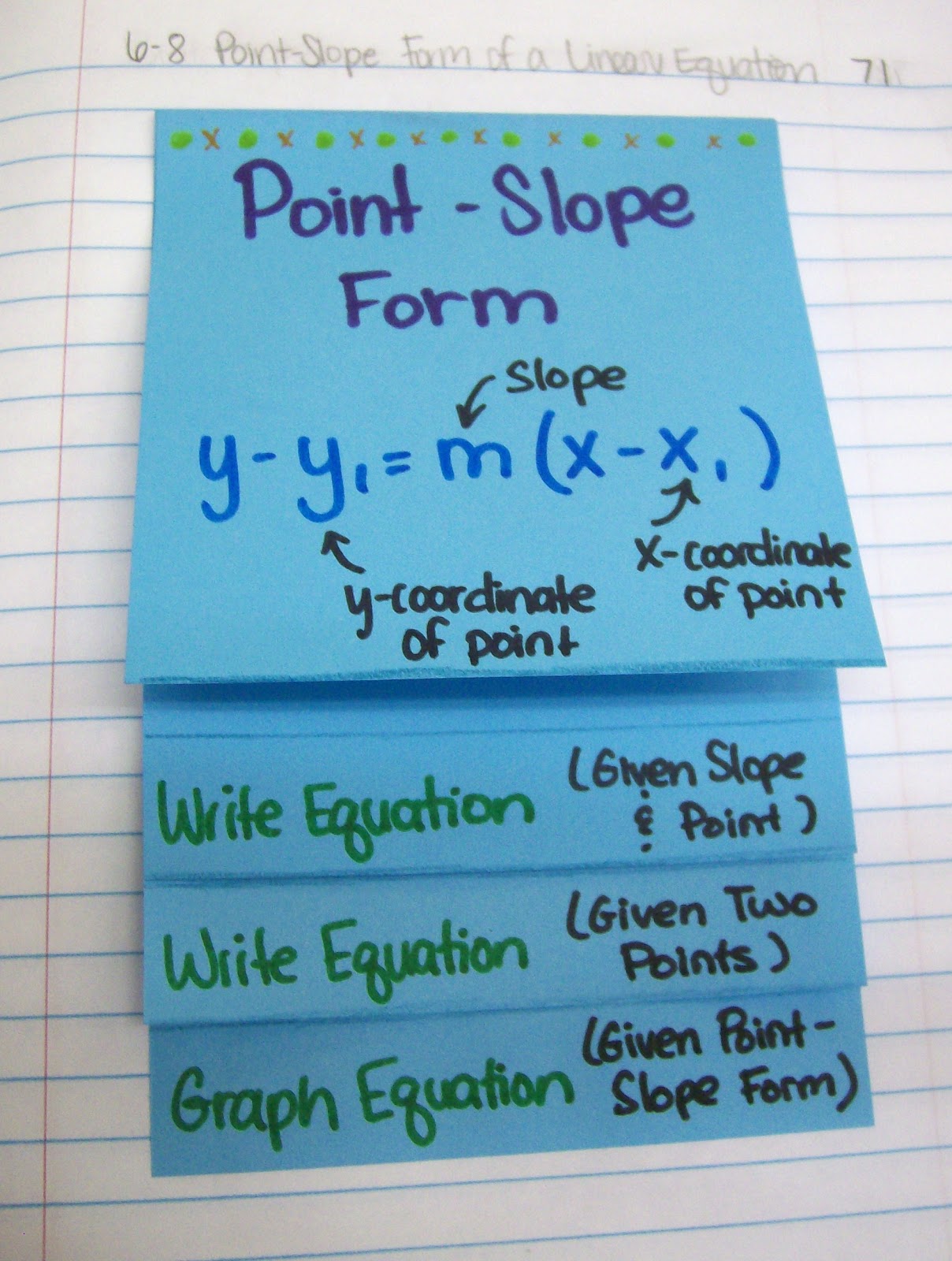

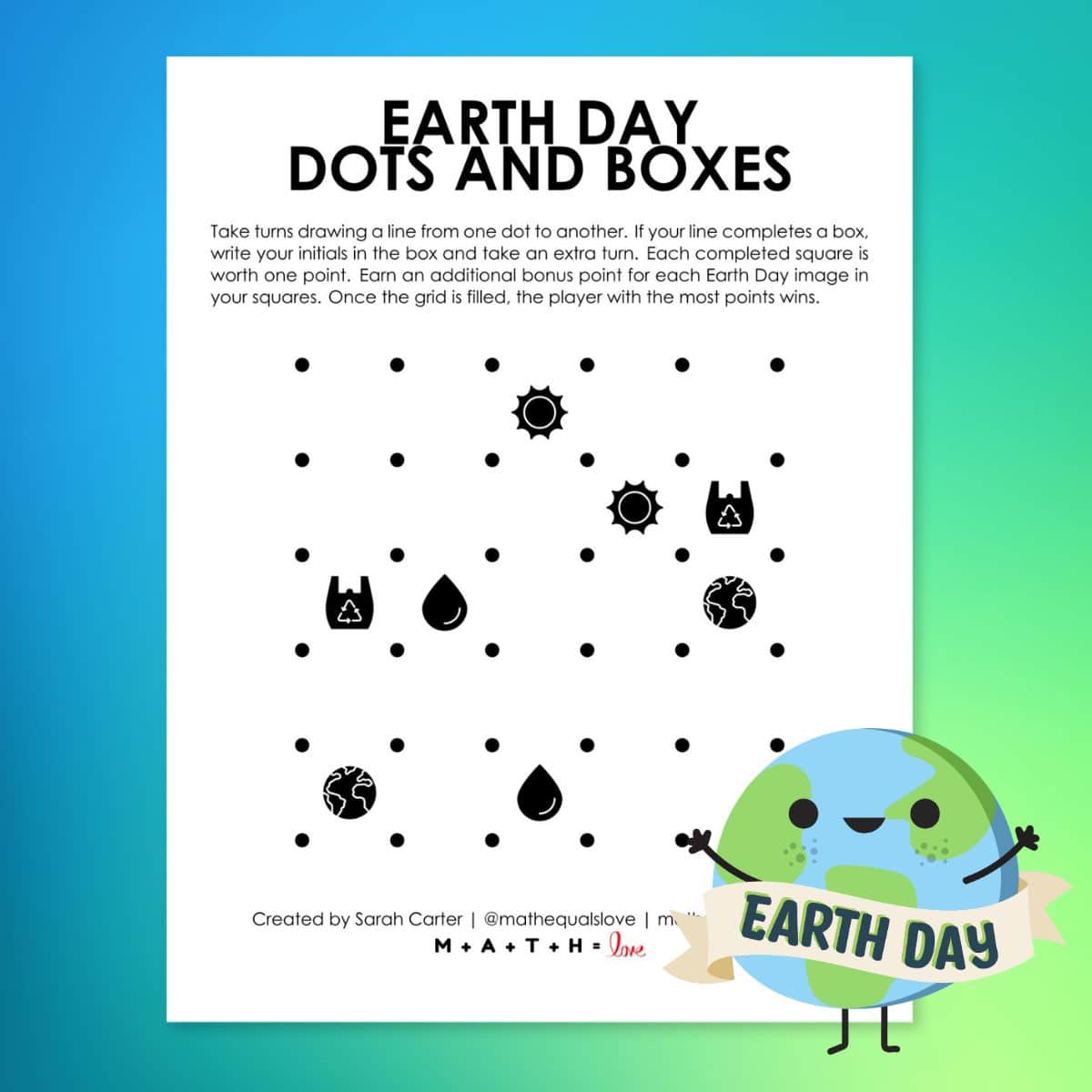
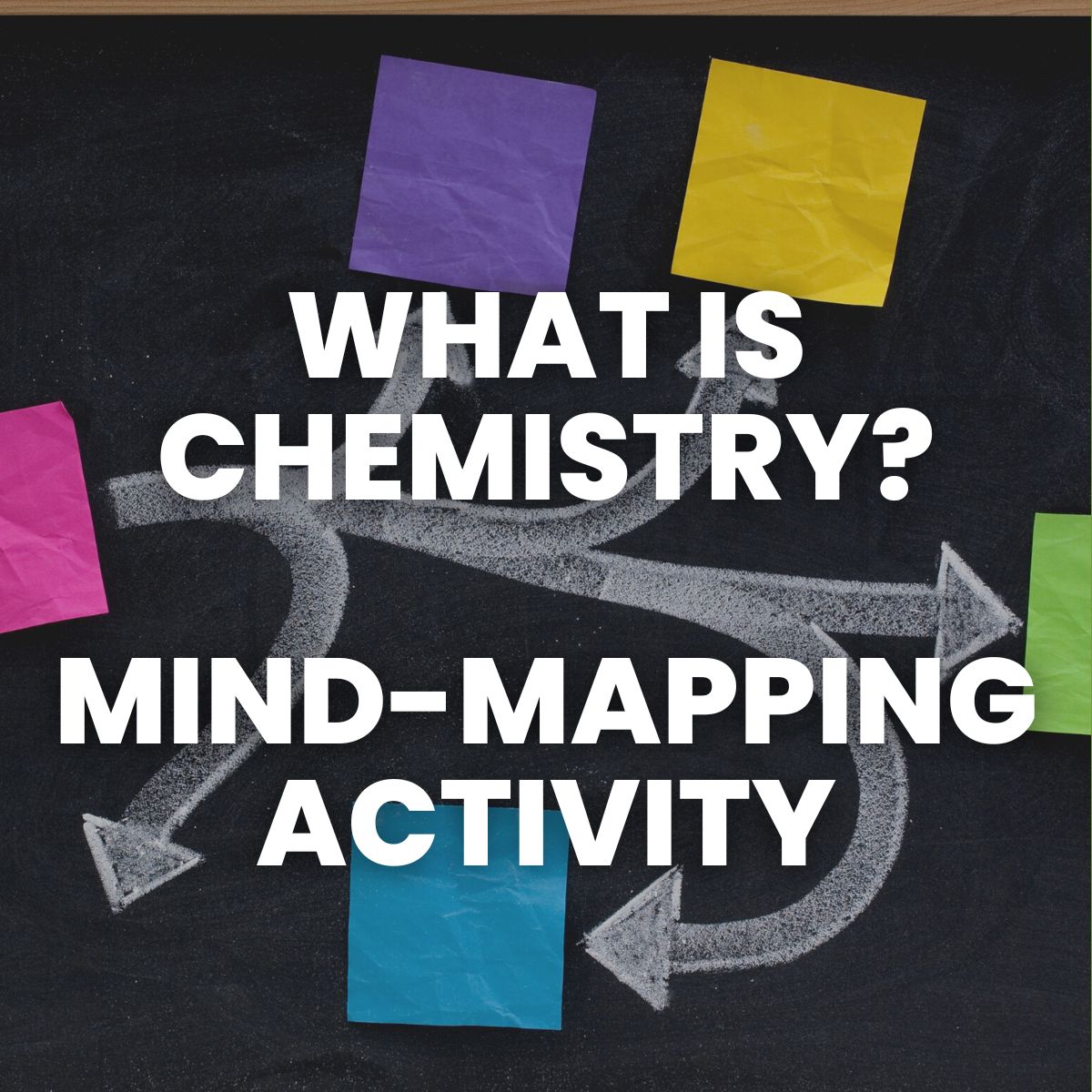
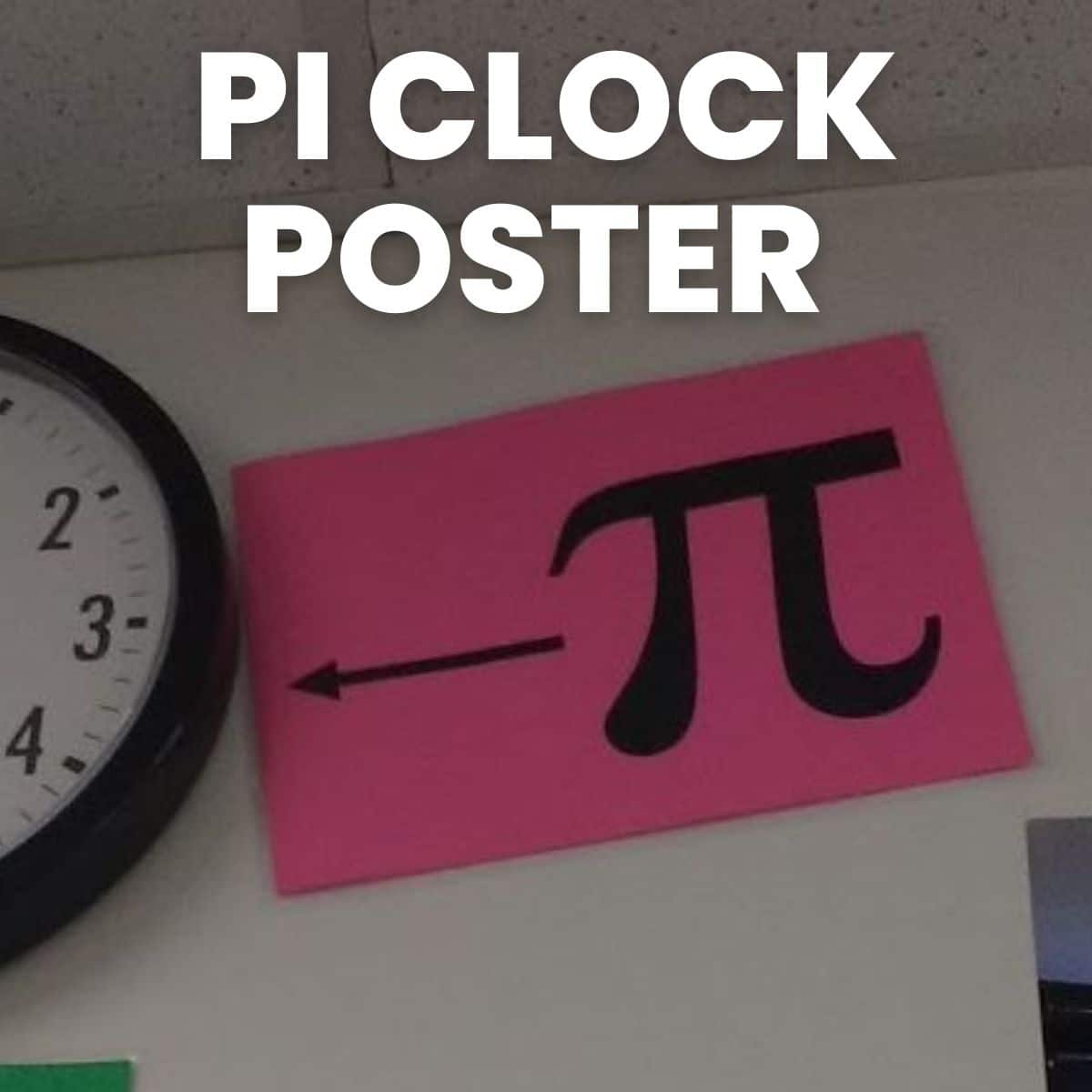
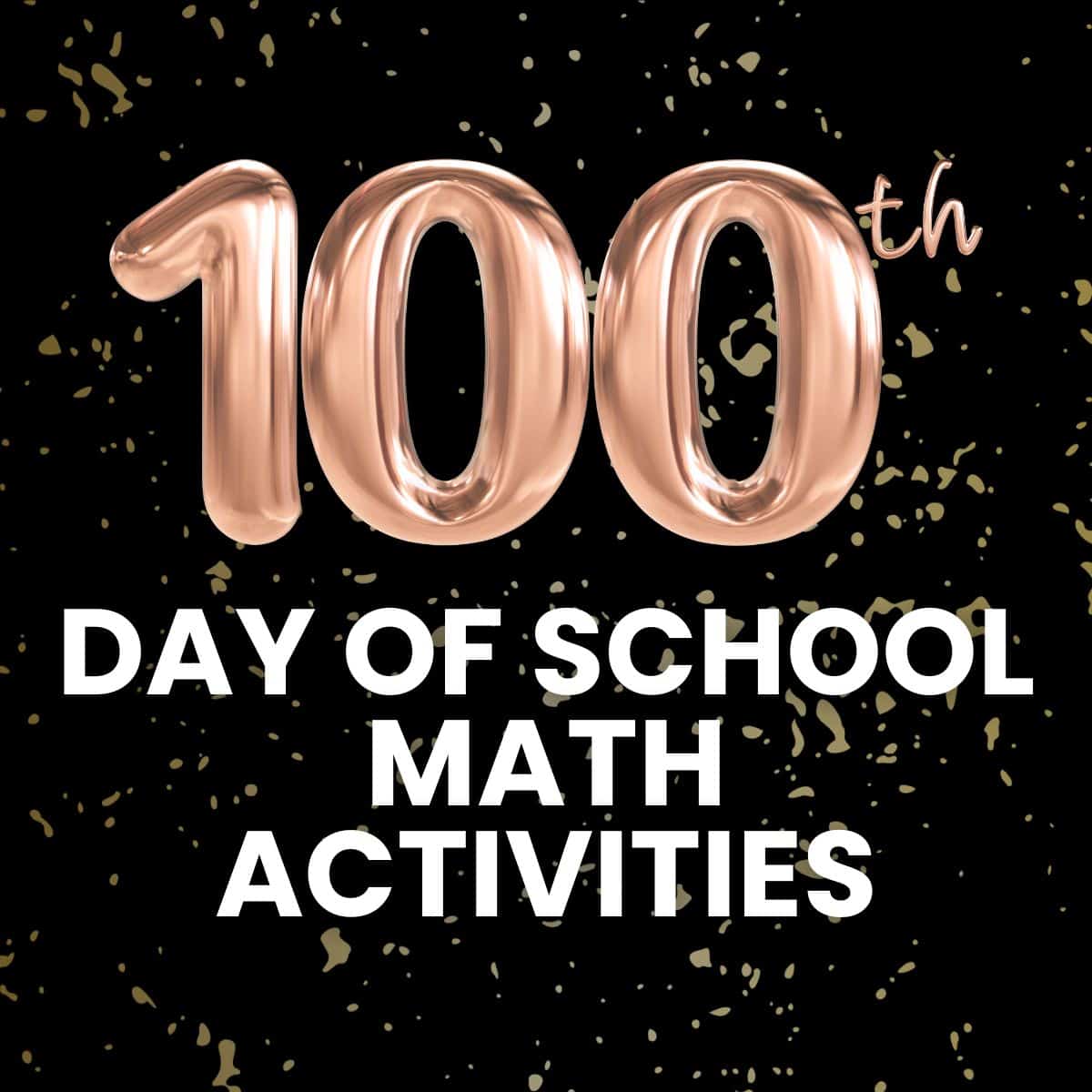
Thank you, Sarah, for your generous sharing of classroom-tested activities. I’m looking forward to sharing your expertise with my in- and PRE-service teachers of math and science. I will give you feedback during this semester. We here in Phila, PA begin on August 31 for the first in-person classes since March 2020.
Thank you. That means a lot to me! I hope you have a great in-person school year!